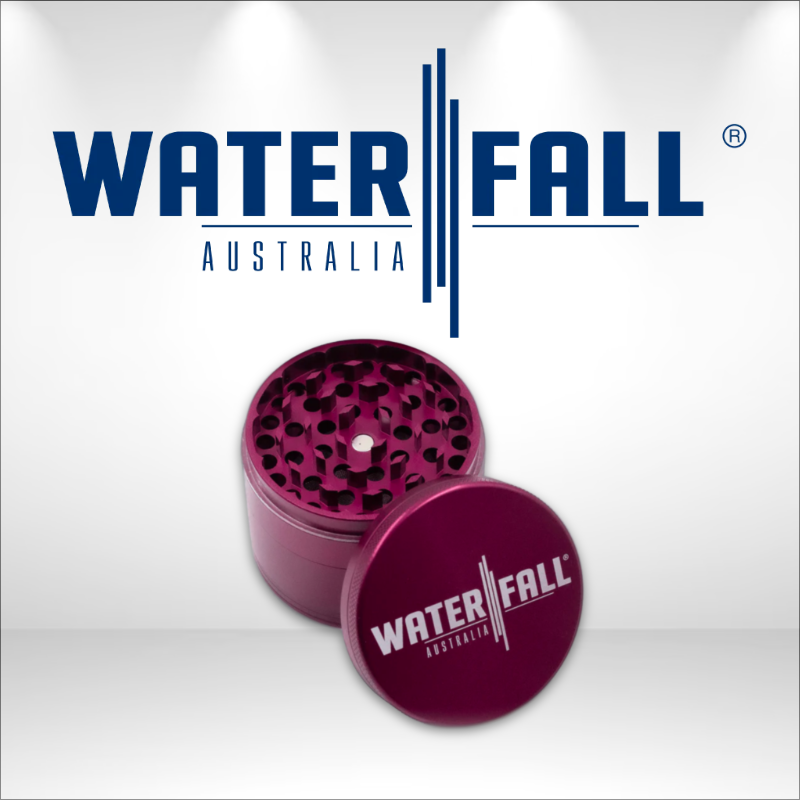Montdorensis (Typhlodromips montdorensis) are Australian predatory mites that feed on small insects, mites, pollen and honeydew. They have proven to be very effective biocontrol agents in many crops and are now used internationally. Montdorensis prey on the eggs and juvenile stages of thrips and whitefly, making them ideal for preventative control of these pests. They also offer strong secondary suppression of spider mites, broad mite and russet mites.
Montdorensis are small (<1 mm), pale, pear-shaped mites. The eggs are clear and oval. They are laid on the underside of leaves (often on hairs), under the calyx of fruit and sepals of flowers and in other protected areas. At 25°C Montdorensis take 6-7 days to complete their lifecycle. A female mite kills an average of 14 thrips larvae per day.
Download our Montdorensis technical information sheet here.
Target pests
Montdorensis are primarily used to control thrips and whitefly. They also provide secondary suppression of other pests including spider mites, broad mite and russet mites. Key target pests include:
- Onion thrips
- Tomato thrips
- Western flower thrips
- Melon thrips
- Greenhouse whitefly
- Silverleaf whitefly
Advantages
- Rapid population growth in crops with pollen
- Feed on a range of pests
- Survive at low prey densities
- Can be introduced preventatively
Suitable crop environments
Montdorensis have been used successfully in many protected crops including capsicums, eggplants, cucumbers, strawberries and cut-flowers. They can also be used in non- protected crops, provided temperatures do not remain below 10°C for extended periods.
They prefer warm conditions and their activity ceases below 11°C. Adults can tolerate 45°C in greenhouses but eggs and younger stages perish at this extreme. The optimum temperature range is 20-30°C. Short winter days and cool nights will not induce hibernation. As long as the mean daily temperature is warm, this predator will keep working all year round.
Release rates
Unlike chemicals, when it comes to beneficials, more is always better. However, they are costly to produce and our goal is to achieve the best results at minimal expense. There are many factors to consider, including the value of the crop, the severity of the pest outbreak and the activity (or otherwise) of naturally occurring beneficial species.
As a general rule, 2-3 releases of modest numbers is better than a single large release. This reduces risk, improves establishment and accelerates the development of multiple overlapping generations. In most cases our releases are inoculative and we anticipate that our beneficials will establish and breed up within the crop to give long term control. An ongoing regular release program may be warranted in dynamic environments where plants are moved regularly or other influences (e.g. fungicides) adversely impact predators.
Release rates will vary depending on the crop and level of infestation. The table below is only a guide – contact us for specific recommendations.
| Situation | Release rate (per release) | No. of releases | Interval between releases |
| Preventative | 10-25 mites/m2 | 3 | 2 weeks |
| Curative | 50-100 mites/m2 | as required | 1-2 weeks |
| Hotspot treatment | 100-200 mites/m2 | as required | 1-2 weeks |
When to release
Montdorensis are best used early in crop/pest cycle to prevent whitefly and thrips buildup. Use sticky traps to detect adult thrips and whitefly and begin Montdorensis releases at the first sign of these pests. In crops where pollen is abundant, best results are achieved when Montdorensis are released preventatively from the onset of flowering.
Complementary thrips biocontrol agents include Orius predatory bugs (which feed on all stages of thrips) and Hypoaspis soil-dwelling predatory mites (which kill thrips pupae at ground level). Complementary whitefly biocontrol agents include the parasitoid wasps Eretmocerus hayati (for silverleaf whitefly) and Encarsia formosa (for greenhouse whitefly).
How to release
Before release, check prior history of chemical applications to ensure toxic residues are no longer present. See notes on chemical use below.
Montdorensis are mixed with vermiculite and packed in cardboard tubes. They should be released as soon as possible after delivery. If necessary, tubes can be stored (on their side) for up to 3 days at 10-18°C. After cool storage mites will initially be slow moving and hard to detect.
Roll the tubes gently before release to distribute mites evenly. Remove the end cap, take away the breathable cloth and replace the cap to use as a shaker. Distribute the contents of each tube over foliage (ideally near flowers). During release keep an eye out for pest hotspots and be prepared to place additional mites in these areas.
After release
Montdorensis will be difficult to find for a week or so after introduction. They disperse quickly in search of food. Mark a few places where Montdorensis were released, especially those with good numbers of pests. These sites can be checked regularly to assess pest numbers and establishment of predatory mites. Look for Montdorensis eggs, as this is a good early sign of predator establishment. Initially pest numbers may continue to increase, while Montdorensis establishes.
Cultural practices to aid establishment
- Minimise dust and ensure plants are well watered and in good health to provide optimal conditions at the plant surface where the mites are active
- Relative humidity of 70% or more is needed for a high egg hatch rate – in crops with a full canopy this is not a problem, but if plants are small or conditions are exceptionally dry, misting or watering down paths and under benches will improve establishment
- Use companion plants that increase availability of pollen to improve establishment and sustain populations of Montdorensis
- Use flowering trap crops (e.g. alyssum) to attract thrips and support Montdorensis
- Avoid application of pesticides for at least three days after release if possible
- Weed management and screening (in protected crops) should be used to reduce the number of adult thrips and whitefly entering the crop
Chemical use
While some pesticides are not harmful to predatory mites, many are directly toxic or have sublethal effects. These can prevent predators from establishing and/or reduce their efficacy.
If pesticides are required, always check for side-effects and select products that are least harmful to Montdorensis and other key beneficials in your IPM program. Use the Bio
Be the first to review “Montdorensis( 1 tube x 10,000 Mites)”
Related products
Accessories
Double Sided Panda Film – one side Black and one side White Also called Hydro Film 3 meters wide Price is per folded sheet of 5m by 3m wide or 10m by 3m wide Rolls of 30m are also available which are also 3m wide. Our Panda Film is extra thick at 220 microns. This ensures no [...]
Accessories
Glass Thermometer Either attach with suction cup provided, or allow to float freely in your reservoir.
Accessories
Super Grip tape Great value Heat resistant Moisture resistant Diffussed reflective surface Tough
Accessories
The Sea Hawk Dry Net comes in a handy round bag and is ready for use in a matter of seconds. Simply unzip and it springs out ready for use.
Three sections interlock into 2, 4 or 6 trays per unit.
When setup each Drynet is 1.8m high
- the small rack is 75cm in diameter
- the large rack is 90cm in diameter
Accessories
Bug Screens are a priceless investment for any garden where pests can enter via the intake fan or open vents, for maximum filtration a carbon filter should be used on the intake and exaust.
Accessories
Ideal for precisely cutting in tight spaces. Ergonomically sculpted handle rests in the palm of your hand offering exceptional control and comfort.
Accessories
Net up to three times during grow cycle to layer your plant and yield more fruits by promoting stretch and width during grow stage, more growth spread = more fruits. FLOWER NET 1.2M Wide Red or 2M Wide Black Per Metre















Reviews
There are no reviews yet.